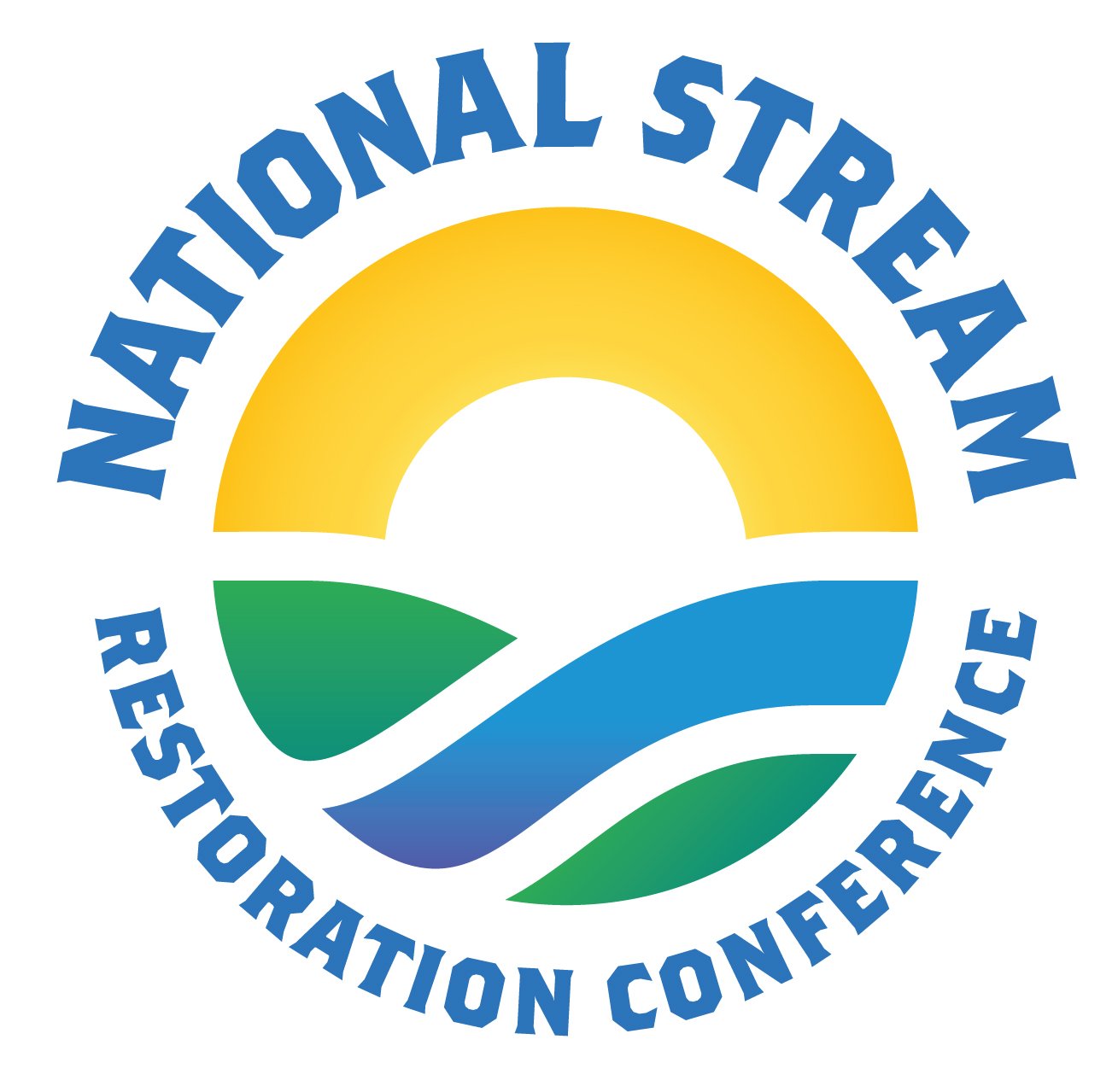Quantifying the Economic Benefits of Stream Restoration
Austin Byers
Stantec
Baltimore, MD
Authors: Austin Byers, CERP and Liya Abera EIT
Streams and their adjacent wetlands are highly valued ecosystems that are of significant importance for water quality, biodiversity, and other ecosystem services. In this presentation, we investigate the social, economic, and environmental benefits of stream restoration by performing a cost-benefit analysis of stream restoration in both the urban and rural context. To quantify the overall value of a given stream restoration project, a list of potential benefits were identified from previous stream restoration projects and studies for typical stream restoration actions, such as bank stabilization, floodplain reconnection, and infrastructure protection. Then, the identified benefits related to short- and long-term economic values were estimated and quantified. Although costs are often a primary decision factor in the selection of restoration actions, benefits are often underemphasized. This presentation will cover how you can incorporate restoration actions' short- and long-term benefits (value) to inform decision-making.
About Austin Byers
Austin is a Principal and Business Center Practice Lead in Environmental Services for the Mid-Atlantic and the Nature-based Solutions (NbS) Infrastructure Sector Lead for North America. With 17+ years of experience in ecological assessments, restoration/mitigation design, and permitting, he is a Certified Ecological Restoration Practitioner and a lead expert in NbS designs at the nexus of the built and natural environment.

